Is your car’s engine overheating? Do you always experience coolant leaks in your car? Is your vehicle consistently low on coolant?
If you experience any of the challenges outlined by the preceding questions, it is either a result of a bad coolant reservoir or a coolant reservoir cap missing.
A failing coolant reservoir or one without a coolant reservoir cap is characterized by several challenges, including the symptoms identified above.
You risk losing your coolant when your car’s engine temperature increases, resulting in the coolant boiling over out of the coolant reservoir.
If you do not attend to this challenge immediately, you may as well expect gradual problems in your vehicle’s engine; and ultimately, engine damage is imminent.
Once you discover any symptoms that suggest that your car’s coolant reservoir cap is missing, it is advisable to replace it as soon as possible.
If you think you can manage your coolant reservoir system without its cap, take a look at what a coolant reservoir is and how it works, as well as what happens when the reservoir cap is off.
What is a Coolant Reservoir?
A car’s coolant reservoir is a plastic reservoir (container) mounted in the car’s engine bay which is responsible for storing the coolant for the car’s engine.
The coolant reservoir ensures that a car’s engine does not experience any challenges going through the cycles of absorbing and expelling coolant as it warms up and cools down.
As your car’s engine runs, the combustion cycle burns fuel in the process of powering the engine. While the engine runs, it produces a lot of heat, and if the car’s engine temperature rises beyond a certain extent, it can severely damage the cylinders, bending or twisting them out of shape, and it can cause a crack on the head gasket.
Your car’s coolant extracts the heat produced from the car’s engine and prevents possible damage to the cylinders.
The cooling system pumps the coolant fluid through pipes surrounding the engine’s cylinders, and the heat from the car’s engine transforms the coolant into gas; then, as it goes through the radiator of the vehicle, it is converted back into liquid form, and the heat is expelled outside the car.
A coolant reservoir acts as a regulator of the excessive coolant produced from the heat in a car’s engine.
As the temperature increases, the coolant expands excessively and flows into the overflow tube, and goes into the car’s coolant reservoir; then, the coolant is sucked into the radiator once the car’s engine is shut off and begins to cool down; meanwhile, the coolant contracts when it cools down. The coolant reservoir is also known as the coolant recovery tank, overflow tank, overflow canister, or expansion bottle.
What Happens When a Coolant Reservoir Cap is Missing?
Since the primary function of the coolant reservoir is to prevent the heated coolant from overflowing outside the radiator tubes, a coolant reservoir without a cap is likely not going to be fully functional in avoiding such an overflow because of the opening.
Driving your car without a cap on the coolant reservoir would allow the coolant in the tank to evaporate quickly. If you experience it a bunch of times, it can make your car run low on coolant, and if the situation is not tackled as soon as possible, it could lead to overheating.
The coolant reservoir cap is designed to ensure that the coolant’s boiling is less through the pressure it exerts on the system. Therefore, if the coolant reservoir cap is missing, there will be an absence of pressure that prevents the coolant from boiling to the point of overflowing outside the tank.
An overflow of the coolant can lead to quick exhaustion of coolant, engine overheating, etc.
It is essential to ensure that you check your car’s cooling system and the coolant level once in a while as you carry out routine checks and maintenance on the vehicle.
If you discover that your vehicle’s coolant reservoir cap is missing, kindly take the car to an auto mechanic for a replacement to avoid any imminent problems.
FAQs
Can you drive without a coolant reservoir cap?
Can a missing reservoir cap cause overheating?
How do I know if my coolant reservoir cap is bad?
How much is a coolant reservoir cap?
Final Words
Why drive with a coolant reservoir cap missing and face continuous exhaustion of your car engine’s coolant when you can fix the challenge with a quick replacement? It would only cost a few dollars. The missing coolant reservoir cap may seem insignificant because you can still drive your car around without it.
However, doing this will endanger your vehicle in the long run and create a platform for overheating, which is not suitable for your car’s engine.
If you discover that your coolant reservoir cap is missing, take a moment and get a replacement instead of running the risk of driving without it.

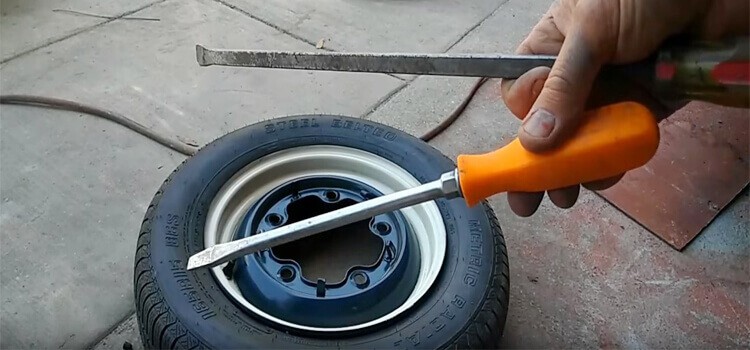



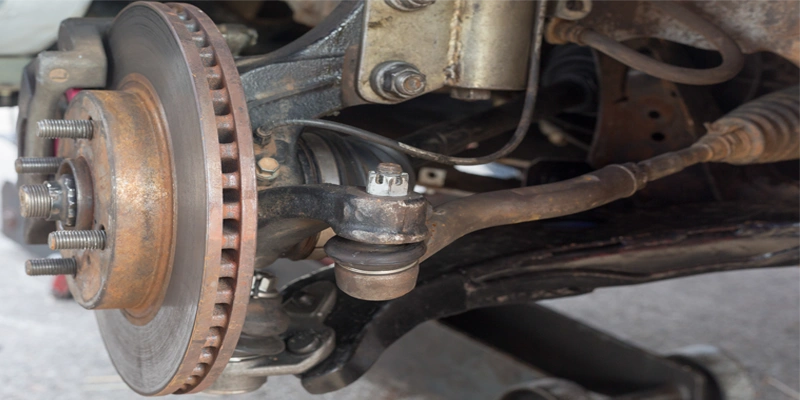


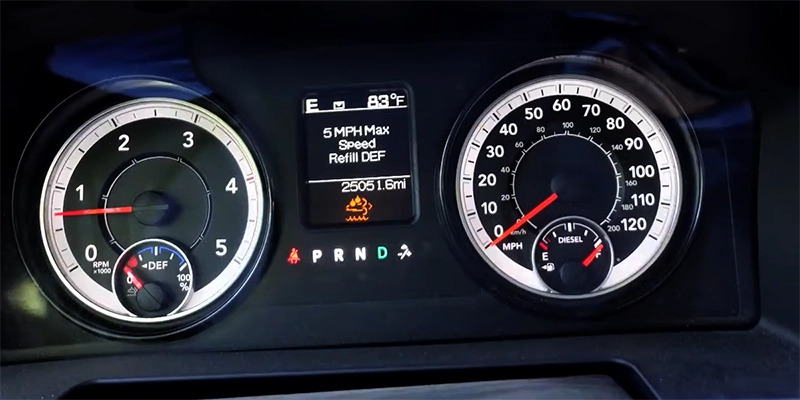

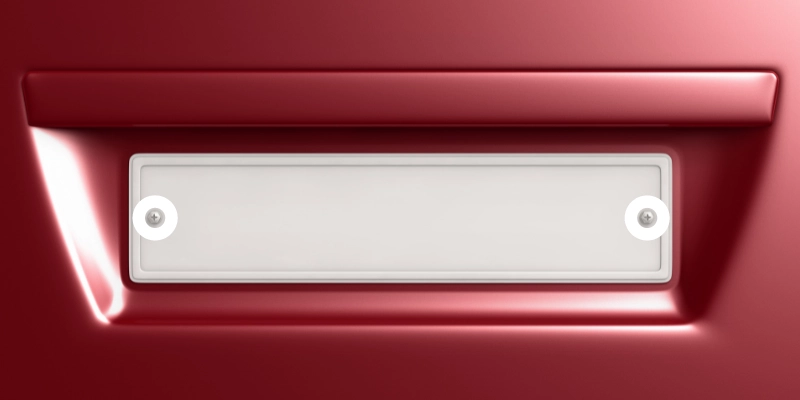
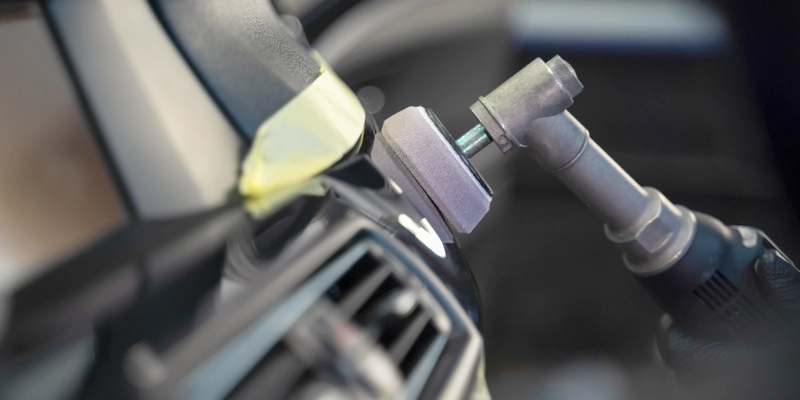
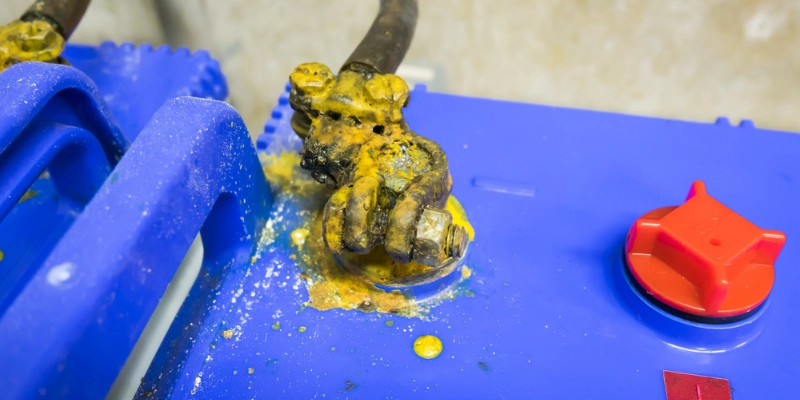
how to determan, if your resivouir cap, with gasket is bad?, lossing coolant, no leaks., , also the purge line hose is missing, near top, of resivoir tank, this purges air ect>?, , if too much air escapes, can get coolant loss answer . thank you, oriellys has , the mini rubber hose, , some fool workin on car, must have pulled it off., need to know the signs of a bad cap resiviou though, , , also, do they get defective over time?, yes or no?